|
Read the Preservation Alliance of West Virginia's 2021 Annual Report. Check out the .pdf or scroll down to see the report in images.
2 Comments
Since 1982, the Preservation Alliance of West Virginia has been working to enhance West Virginia’s Preservation Community in support of our historic structures and landscapes. One of the most effective programs we have deployed to date has been our Preserve WV AmeriCorps program. Since 2013 our AmeriCorps program has deployed 193 AmeriCorps service members across 176 sites in WV. The members have provided services to their sponsoring sites with the goals of increasing capacity, tourism, and sustainability for our historic assets across the state. The benefits of the Preserve WV AmeriCorps program to organizations can hardly be overstated. Beyond the direct service provided by national service members, there have been huge collateral benefits to West Virginia's communities. Service members have gained experience and understanding of the importance and intricacies of preservation activities to help them in their careers, sponsoring organizations have expanded their outreach and capacity to fulfill their missions, and members and alumni throughout the state have been invigorating their communities with fresh ideas and enthusiasm for West Virginia's historic assets. Many Preserve WV AmeriCorps members are from out of state, and some have gone on to remain here and become long-term residents of West Virginia. Recently, the Preservation Alliance completed a Phase One evaluation of its AmeriCorps program with the Indiana University's Eppley Institute for Research. This report found that the 110 Preserve WV AmeriCorps members, who served in the Preserve WV AmeriCorps program during the period 2015-2019, positively impacted West Virginia's communities. Their service directly increased:
A summary of that research is provided in the images below. You can also review a full copy of the report here. The Preservation Alliance of West Virginia (PAWV) invites proposals from qualified researchers and consultants to work closely with staff to conduct a program evaluation of the Preserve WV AmeriCorps program, in line with AmeriCorps expectations and requirements.
Scope of Work Goals PAWV anticipates the consultant will conduct a retrospective outcome evaluation on the Preserve WV AmeriCorps program for the years 2015-2019. The goal of this evaluation is to understand the level of impact Preserve WV AmeriCorps members have in building the capacity of site sponsors’ community engagement. Data for the 2015-2019 period has already been collected and is currently being organized into one spreadsheet for these evaluation purposes. Download the full RFP HERE. A recent study of the Preservation Alliance of West Virginia’s AmeriCorps program suggests its heritage tourism programming is an important economic engine for West Virginia, according to Danielle Parker, executive director for the alliance. The study found that more than half of travelers who visit the program’s heritage sites traveled from more than 50 miles and that each visit generated nearly one night’s hotel stay and an average of $271.30 for the local economy, Parker said. Heritage tourism usually include museums, state parks, historical theaters, and living history sites such as Jackson’s Mill, near Weston, or Carnegie Hall, in Lewisburg. The study also found that museums and historical organizations contribute positively to the quality of life in the state’s cities and towns and that people enjoy and learn from their visits to sponsor organizations, Parker said. The alliance worked with McMahon Consulting Group to study the effects that the program and heritage tourism have on West Virginia. “We discovered that AmeriCorps members are essential to providing an excellent visitor experience and to developing their site for tourists,” Parker said. “It’s clear from the study that AmeriCorps members’ service is leading to more effective organizations and improving the quality of visitor experiences.” The Preserve WV AmeriCorps program is a statewide service initiative in which AmeriCorps members are engaged to Main Streets thrive and communities capture their history, and to preserve beloved historical landmarks. AmeriCorps members serve one-year terms at historical organizations where they complete special projects aimed at developing heritage-tourism destinations and improving the sponsoring organization’s ability to carry out its missions. There are more than 20 historical sites sponsoring Preserve WV AmeriCorps members in 2019, Parker said. Two high-profile sponsors include Cockayne Farmstead, at Glen Dale, and the Waldomore, at Clarksburg. Jessica Kittle, assistant director for the memorial foundation for Pricketts Fort State Park, reported that her organization’s participation in the program for two years benefited the foundation “by helping us fulfill our mission of preservation through various projects that we would not have been able to complete on our own.” The Preserve WV AmeriCorps program is celebrating its sixth year of operation and is currently competing to become a nationally-recognized program. Download the full report here.
Another group project took place in Arthurdale and involved adding UV film to nine sets of windows, plus small window panes near a doorway, at New Deal era house, E-15. Volunteers first cleaned the windows with a wood-safe solution then applied UV film to individual window panes. The added film will help block UV radiation from the sunlight and control indoor temperatures. It will also help preserve a number of sensitive artifacts displayed in the living room and two bedrooms, including textiles, documents, photographs, and furniture. Upon completion of the project, it was clear that the UV film dimmed and cooled the light entering the rooms while still allowing enough natural light to enter for visitors to see without turning on artificial lights aiding in the preservation of light sensitive artifacts.
In a work day organized by AmeriCorps member, Kyle Warmack, at the Dubois on Main Museum in Mount Hope, AmeriCorps members and volunteers cleaned out the DuBois community garden, including weeding more than half a dozen large planters. Museum exhibition areas were dusted and cleaned. Most importantly, members created a collections list and cataloged 230 museum items, laying the foundation for a future collections database and building a much-needed inventory before the Museum embarks on a large-scale document scanning project. This project served the Mount Hope community and the 150+ remaining DuBois alumni who meet every two years to commemorate their school and its important chapter in African American and West Virginia history. This museum is the only comprehensive repository of DuBois knowledge. The success of the projects and the gratitude shown by the individuals and organizations who benefitted from them demonstrated a clear need to continue to plan and organize AmeriCorps group projects throughout West Virginia. As a result, these projects will continue to be a program requirement again during the 2018-2019 service year, which begins on August 28. As we enter a new service year, the Preservation Alliance plans to implement even more group projects throughout the state with members reaching out to different organizations and sites who are dedicated to historic preservation throughout West Virginia. If you are interested in hosting a team of AmeriCorps members for a group project, contact Danielle Parker at [email protected]. All group project sites must be owned by a nonprofit or municipality and be historic in nature. You can also aid in these projects by donating to PAWV. We accept monetary, supply, and volunteer time as donations. The Preserve WV AmeriCorps is a statewide service initiative where AmeriCorps members help main streets thrive, help communities capture their local history, and preserve beloved West Virginia landmarks. This program is made possible through a generous grant from Volunteer West Virginia and the Corporation for National and Community Service. A New Deal-era house in Arthurdale is better preserved thanks to a collaborative project between Arthurdale Heritage, Inc., and local AmeriCorps members.
On March 15, AmeriCorps members with the Preservation Alliance of West Virginia worked with the Arthurdale Heritage community to apply UV protection film to the windows of the site’s historic house museum. This UV film will help ensure the longevity of artifacts inside the house, such as documents, photographs, textiles, and furniture, that are sensitive to light and changes in temperature. The two-story Wagner-style house built in 1935 gives visitors a sense of life at Arthurdale, the nation’s first New Deal Subsistence Homestead Community. Established by the Roosevelt administration in 1933, Arthurdale provided jobs, education, and modern housing for impoverished and unemployed local people. It also served as a laboratory for new educational, industrial, and farming techniques. Arthurdale Heritage, Inc., was formed in 1985 as a nonprofit organization dedicated to restoring and preserving the cultural heritage of historic Arthurdale, located in Preston County. This hands-on service project brought together a number of AmeriCorps members from West Virginia. It was organized by Pamela Curtin, a Preserve WV AmeriCorps member serving with Clio, a nonprofit website and mobile app developed by Marshall University that connects the public to historic and cultural sites. “Arthurdale’s historic structures and artifacts have unique stories to tell,” says Curtin, who is based in Morgantown. “These stories are not only nationally-significant, but also personally meaningful to the families who lived and continue to live there. This project presented a wonderful opportunity to help preserve this history.” Curtin coordinated the project with Nora Sutton, an Appalachian Forest Heritage Area AmeriCorps member serving with Arthurdale Heritage as a Museum Associate. “Collaborative projects like this one are so important to Arthurdale Heritage’s mission to preserve the structures and artifacts in our care,” says Sutton. “Applying this protective film to the house windows will help us care for unique textiles and furniture that were made here by original homesteaders. It was great to work with other AmeriCorps members dedicated to preserving the past.” Both Curtin and Sutton are alumni of West Virginia University’s Public History MA program. Several other AmeriCorps members volunteered for the project, including Rachel Niswander, Charlotte Riestenberg, Sydney Stapleton, and Jason Wright. Ed Turnley, Vice President of the Board of Directors and member of the Arthurdale Heritage Maintenance Committee, oversaw volunteer tasks, such as cleaning the windows and measuring, cutting, and applying the UV film. Turnley is also an Arthurdale homesteader descendant whose family lived not far from the house the volunteers worked on. This project contributes to a larger effort by Arthurdale Heritage to preserve its historic structures, which also include community and administrative buildings, barns, a former gas station, and an iron forge. Supplies for this project, including the professional UV film, were generously funded by the Preservation Alliance of West Virginia, the state’s leading grassroots organization dedicated to the support and promotion of historic preservation. In addition to education, outreach, and advocacy, PAWV coordinates an AmeriCorps program that places volunteers with small museums, heritage tourism agencies, and main street groups. AmeriCorps is a program of the Corporation for National and Community Service, an independent federal agency whose mission is to improve lives, strengthen communities, and foster civic engagement through service and volunteering. Written by Samuel Richardson, Preserve WV AmeriCorps member serving at the West Virginia & Regional History Center (Samuel (left) pictured above with Dr. Emory Kemp (right))
It was no surprise that I was going to face some serious challenges in my Year of Service with AmeriCorps. I would be examining and arranging the life’s work of Dr. Emory Kemp, with the goal of making his 300 box collection of blueprints, maps, restoration project reports, structural analysis papers, drawings, correspondence, and much more accessible to patrons of the West Virginia and Regional History Center (WVRHC). Public History, as an academic field, was foreign territory for me. However, as a graduate from the Public Administration program at West Virginia University, I was prepared to tackle any project that served the public’s interest. The transdisciplinary shift was a challenge, but complimented my “Clifton Strength’s Finder” examination which discovered my strength in adaptability. Transdisciplinary shifts into public history are not unheard of, as according to Dr. Kemp, the structural mechanics PhD, was moved from civil engineering to the History Department at West Virginia University. Despite resistance in his early educational career to studying history as an academic discipline, he choose to remain in engineering. His resistance however, was no match for the orders of West Virginia University President James G. Harlow, who would implore Dr. Kemp lead the newly founded Institute for the History of Technology and Industrial Archaeology in the Department of History, not engineering. This was one of the many anecdotes that developed in the Monday afternoon meeting with the retired academic stalwart. Perhaps, in the process of officially retiring, as he promises his newest developing book on the Big Sandy River will be his last. The materials in the collection were assembled to support projects over Dr. Kemp’s 50 year career. The materials were arranged in a manner with no particular emphasis on a preserved original order. Dr. Kemp stated that he expected the professional expertise of the faculty and staff at the WVRHC to arrange the materials in a fashion that would make his work most accessible to researchers. Kemp also agreed with the proposed series arrangement, where WVRHC faculty member, Jane LaBarbara, and I hope to divide the collection into three major series, Kemp’s Personal Library, Publications by Kemp, and finally, “Subject Files” or “Research Projects.” In hopes of understanding which areas of the large collection are appropriate to highlight and exhibit, Dr. Kemp will provide Jane and I with a list of 35 projects that were of noteworthy accomplishment and could be listed as potential engineering breakthroughs. Some of which, were his role in the construction of the Sydney Opera House, and saving the Baltimore Gas and Electric Company potentially millions of dollars, by engineering a way for them to integrate new equipment without completely destroying an older building. Kemp hopes to sit down with LaBarbara and me to discuss each of the projects in further detail.
The purpose of the Preserve WV AmeriCorps program is to promote historic preservation, economic development, revitalization, and heritage tourism in West Virginia through historic resource development projects.
Site sponsors across the state hosting current Preserve WV AmeriCorps members range from museums, libraries, and historical theaters to historic landmarks commissions and Main Street organizations. For the 2018-2019 AmeriCorps service year, PAWV expects to receive a grant award of at least 30 members, configurable into half-time or full-time as needed. Preserve WV AmeriCorps members will serve a minimum of 950 or 1,750 hours between August 2018 and August 2019 (with an opportunity to renew for a second year). Efforts to nominate a former coal-mining town in southern West Virginia to the National Register of Historic Places could spur economic growth there, according to a spokesman for three development agencies engaged in the effort.
Once a mining boomtown, Helen, with a population near 125 residents, is among the last coal camps that remain in the mountains southwest of Beckley, and financial incentives for historic rehabilitation there would be provided if the nomination succeeds. According to Kyle Bailey, Preserve WV AmeriCorps member serving with the Preservation Alliance of West Virginia, who is conducting the survey to nominate the community, financial incentives such as grants and tax credits will supplement the costs of expenditures needed for property repairs and improvements. The nomination would also secure the community's status as historically important on official state and federal levels, he said. "This would help homeowners and other property owners in Helen fund tasks such as replacing the roof, preserving the windows, and updating electrical systems," Bailey said. "Helen could once again experience growth and expansion, especially in light of recreation initiatives, such as the development of hiking and ATV trails, and transportation initiatives, such as the completion of the adjacent Coalfield Expressway." A joint effort by the Preservation Alliance of West Virginia, the National Coal Heritage Area Authority, and the Winding Gulf Restoration Organization, the effort builds on projects already established in the town, including the development of a Coal Miner's Memorial Park and the stabilization of a historic apartment building there. Helen was recently selected as a stop along the African American Heritage Auto Tour, sponsored in part by the coal-heritage authority, and wayside that interpret the town's history will soon be installed, Bailey said. Like other camps of the Winding Gulf Coalfield, Helen experienced rapid growth through the early and mid-20th century. Mines there produced some of the highest quantities of coal in the state, and by 1940 almost 2,000 people lived in the town. Bailey, who grew up in a coal camp in nearby Amigo, is a member of the Preserve WV AmeriCorps program, a statewide service initiative established to help communities capture their history and preserve beloved West Virginia landmarks. By Crystal Wimer, Preserve WV AmeriCorps serving at Harrison County Historical Society
Recently, I read a new book on how to sustain historic house museums entitled Anarchist Guide to Historic House Museums. The authors, Frank Vagnone and Deborah Ryan, theorize that the key to sustainability lies in more community engagement and a more balanced approach when it comes to preserving its collection and improving visitor experiences. Historic house museums are not just storehouses for artifacts, but should be interpreted as places for community engagement and dialogue. Often, the Harrison County WV Historical Society struggles to get feedback regarding its programming and from its volunteers, and I was ready to experiment with new methods for better community engagement. As I was reading the Anarchist Guide, I unintentionally tested Vagnone and Ryan’s theories on community engagement with my volunteers. Then later, I deliberately used them on a recent tour of the Stealey-Goff-Vance House. I discovered there was better engagement with our historic house museum and the HCWVHS when I encouraged physical interactions with our artifacts. Unbeknownst to me at the time, my first “test subjects” were our volunteers. The artifact collection housed in the rear display room and dining room had to be packed in preparation for repairs to the foundation of the Vance House. I’ve had trouble retaining volunteers to work in the archives, so I believed that working with the collection in the house would produce a similar outcome. To my surprise as my volunteers worked with artifacts week after the week, the more they kept dropping hints about wanting to reorganize artifacts in other rooms of the house. The question I heard over and over for five weeks was “Well, once we’re done with this, what’s next?” Apparently, our volunteers formed a connection while handling the artifacts when they were packing them for storage. For them, the packing process was like uncovering rare treasures. Their fascination with our collection inspired them to want to assist more with reorganizing the collection and unpacking it when the preservation work is over. Since the packing finished, these new volunteers have been regulars at our open meetings and programs. Now, my volunteers may have been unknowing “guinea pigs,” but my Vance House tour with the Stealey family was a planned trial of the Anarchist Guide’s theories. Previous house tours were restricted to the main floor, and we typically didn’t allow visitors to sit on the furniture or handle the artifacts. The Anarchist Guide; however, advocates letting visitors handle stable artifacts and giving them access to areas previously off-limits. So, this is exactly what I did with the Stealey family on their tour. The Stealeys were permitted to visit all locations in the house including the basement, attic, and artifact storage areas. Visitors rarely get to see the house’s original electric switch because it’s in the attic’s gable, but they did on this tour. If one of the children wanted to see an artifact up close, I brought it down and once I determined it was stable for them to handle, I let them. They also excitedly took advantage of the open invitation to take as many photographs as they wanted. During the tour, the Stealeys still learned about the history of the Vance House, but this Anarchist-style tour was so much more personal because they had the freedom to explore every aspect of the house. I knew the tour was a success just based on the high level of enthusiasm from the family at the time. But, it wasn’t until I received an email from Mr. Stealey the following week that I officially knew these Anarchisttechniques should be something the HCWVHS does for future tours. Mr. Stealey wrote: “Thanks so much for taking time to show us the house. We really enjoyed the informative tour. You did a great job with a lot of information/history to tell/show us. My kids keep saying that they could not believe that you let them look at and pick up stuff.” Again because they were allowed to connect to the artifacts and the house, they were actively engaged with history, and they had a unique experience at the Vance House that they will remember years later. So through my experiences, it seems Vagnone and Ryan’s theory on better community engagement through making connections with artifacts works. Through their engagement with our artifacts, the newer volunteers are eager to start new projects at the Vance House, and the Stealey family had a unique experience that they won’t forget because most museums don’t allow visitors handle the artifacts. So, I encourage West Virginia’s historic house museums to give their visitors access to their artifacts. Because who knows? Those visitors could turn into new volunteers, members, or possible donors, and I don’t know of any historic house museum that wouldn’t want more people caring about history. This position is made possible through an AmeriCorps State and National Grant provided by the Corporation for National and Community Service and Volunteer WV. |
News and NotesCategories
All
Archives
May 2024
Subscribe to our mailing list to receive e-news updates on historic preservation news and events in West Virginia.
|
Get Involved |
Programs |
Contact UsPreservation Alliance of West Virginia
421 Davis Avenue, #4 | Elkins, WV 26241 Email: [email protected] Phone: 304-345-6005 |
Organizational Partners:
© COPYRIGHT 2022 - PRESERVATION ALLIANCE OF WEST VIRGINIA. ALL RIGHTS RESERVED.

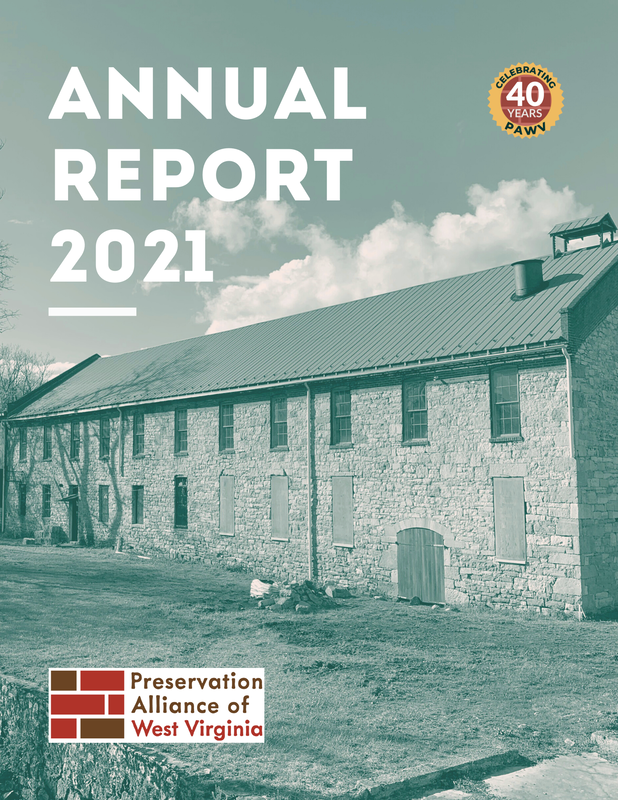
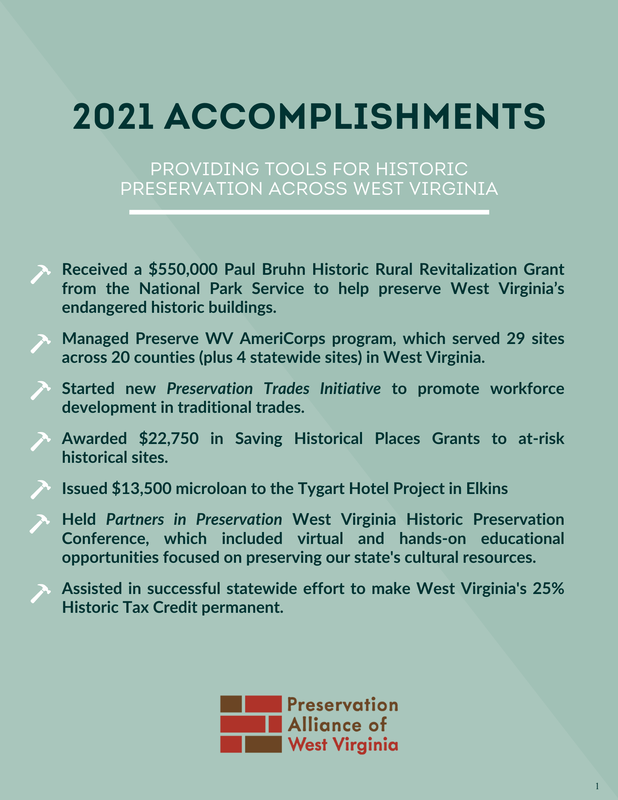
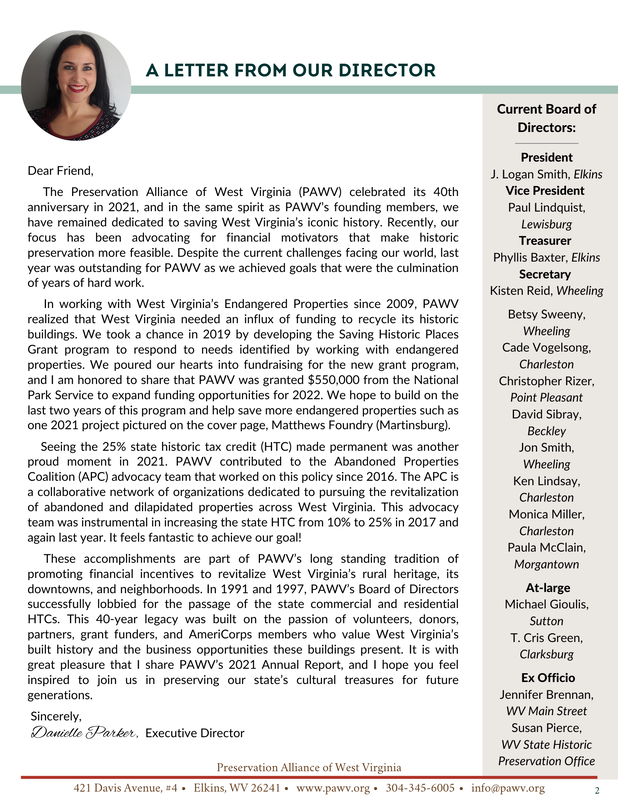
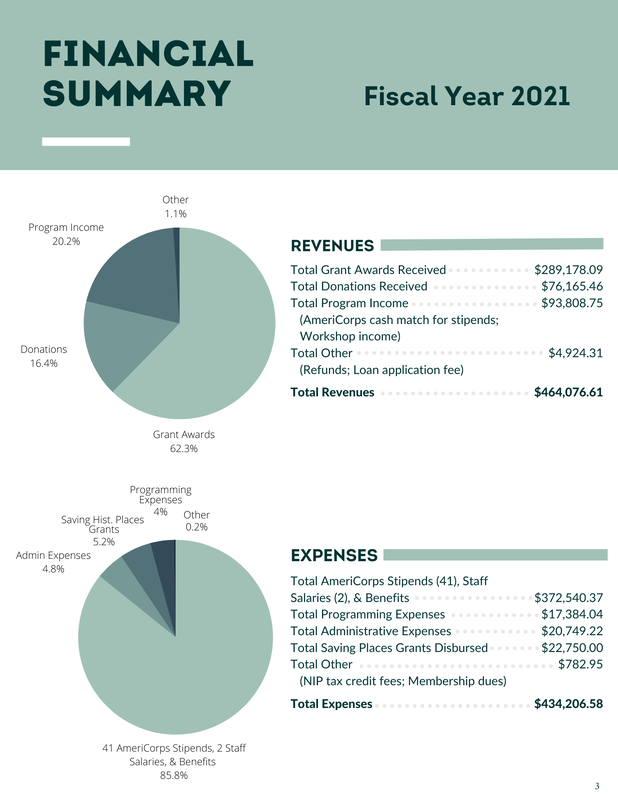
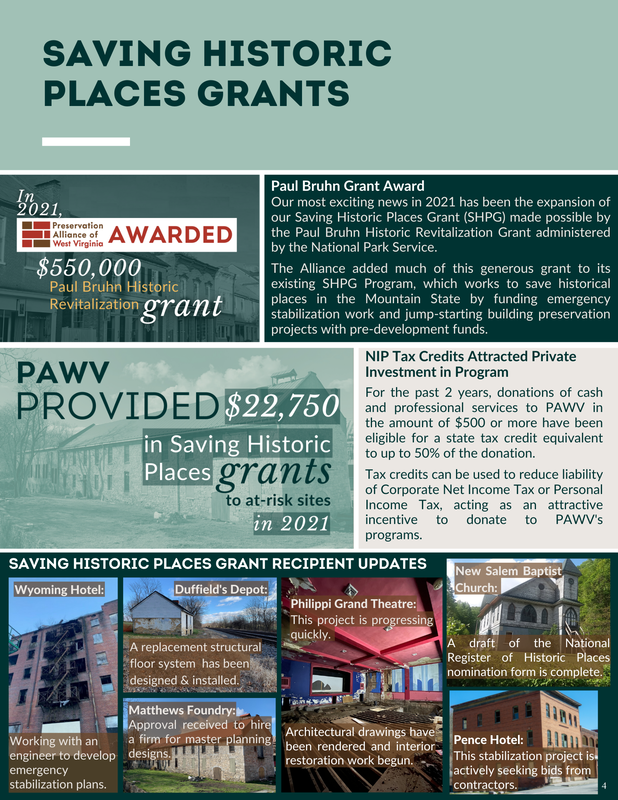
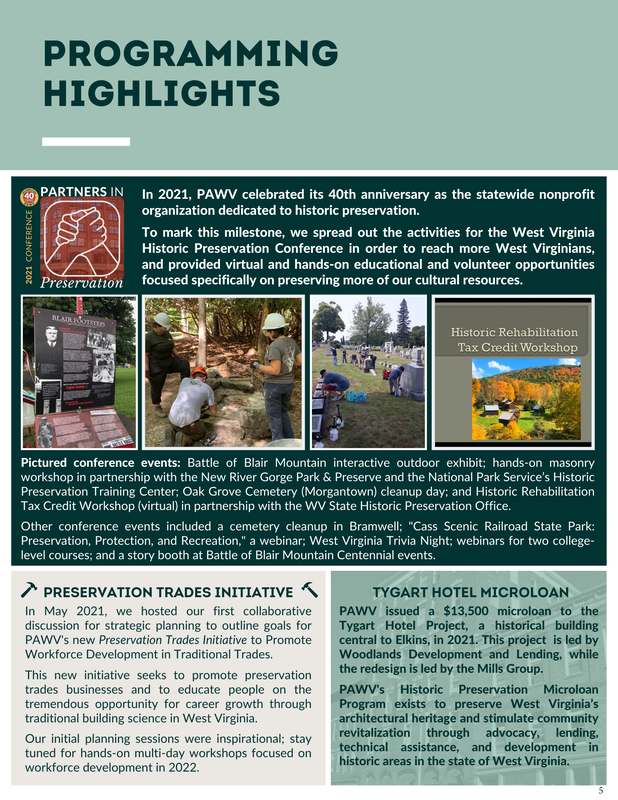
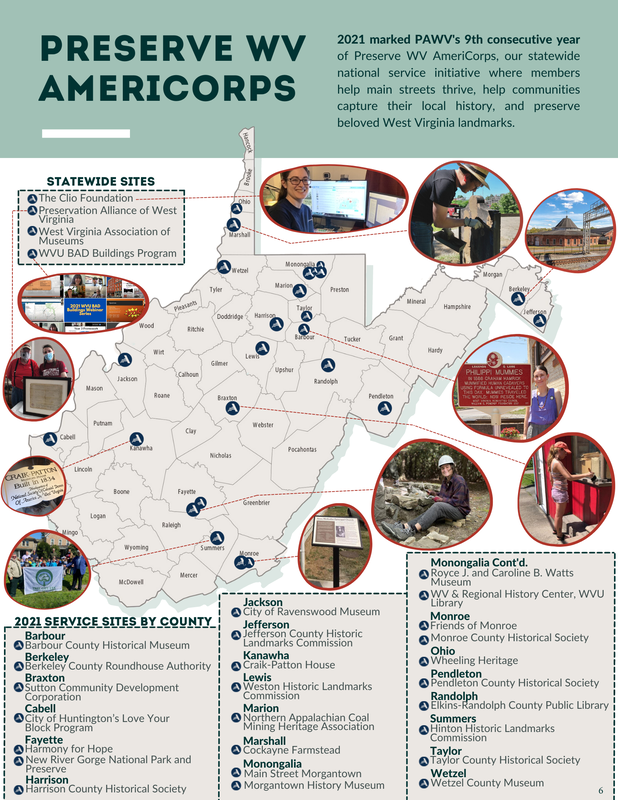
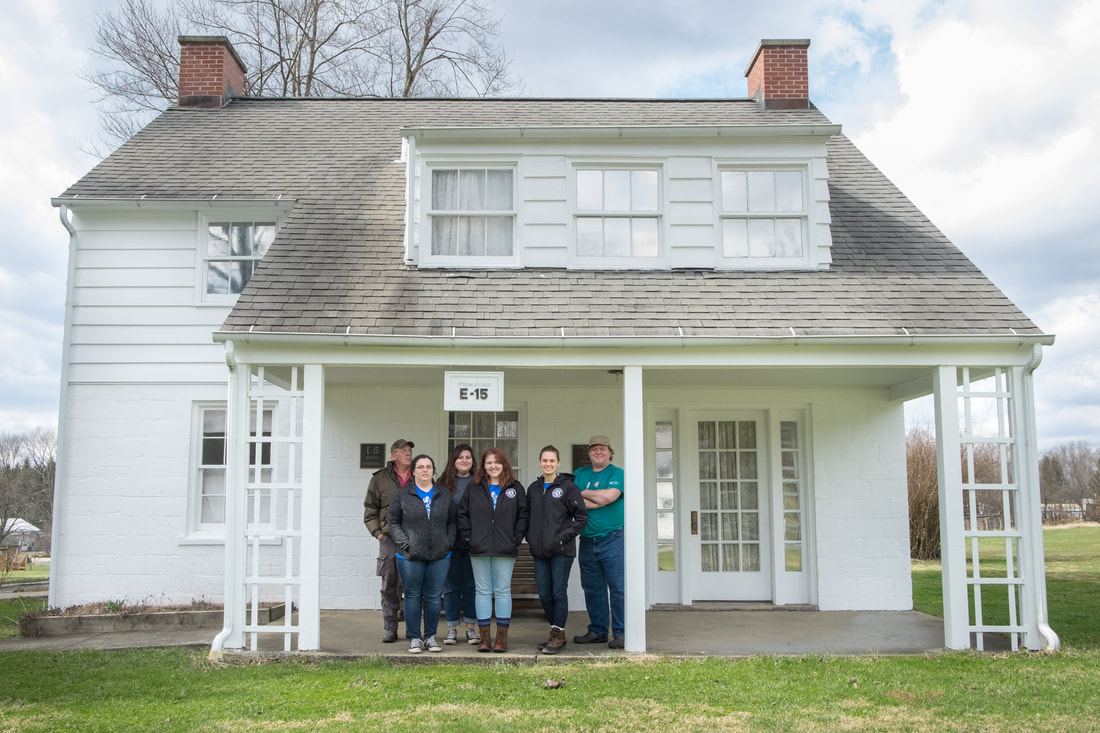
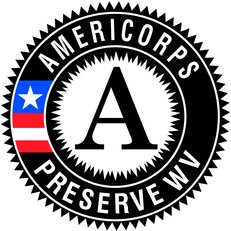

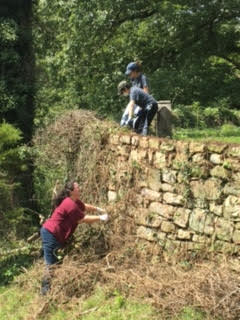
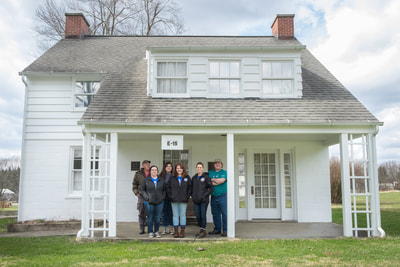
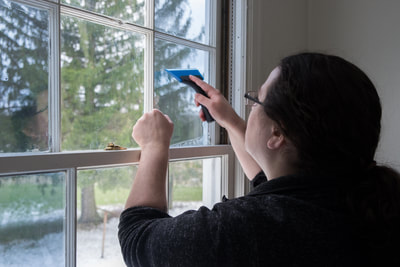
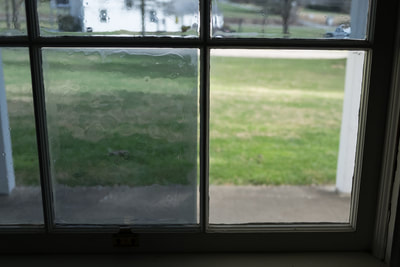
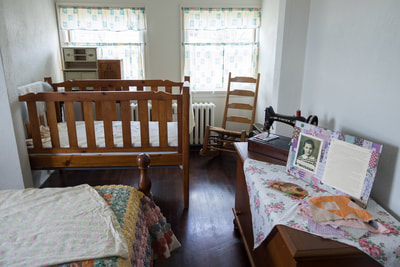
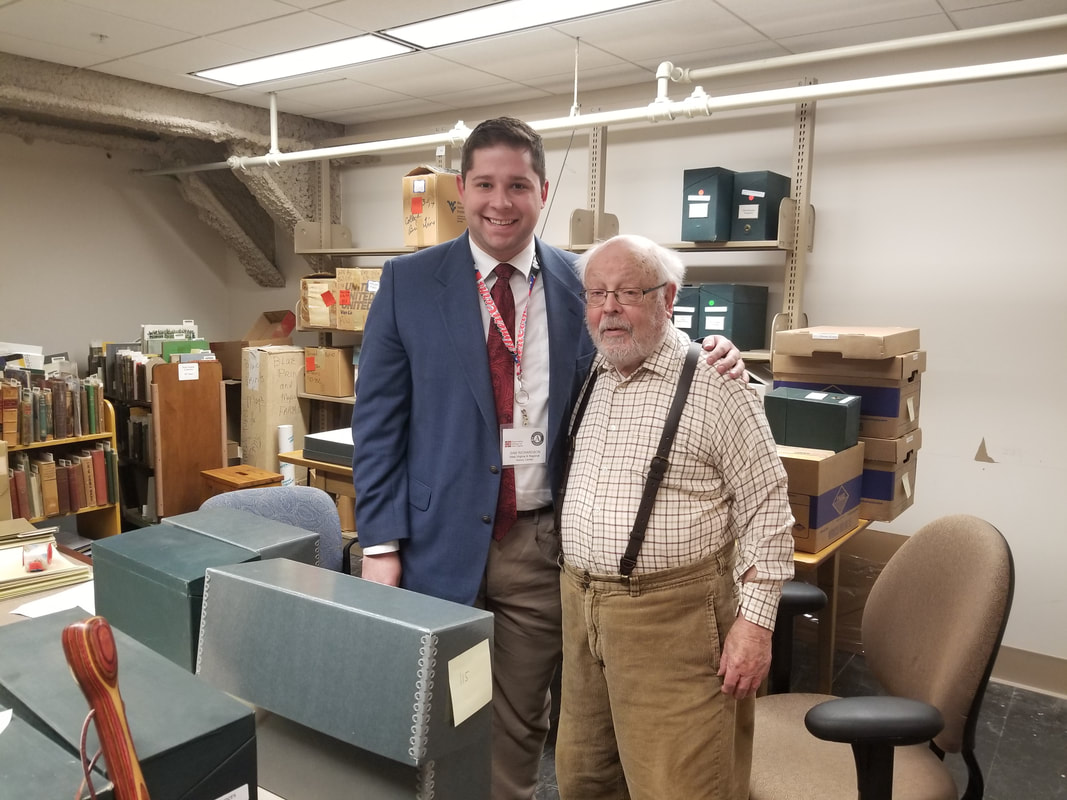
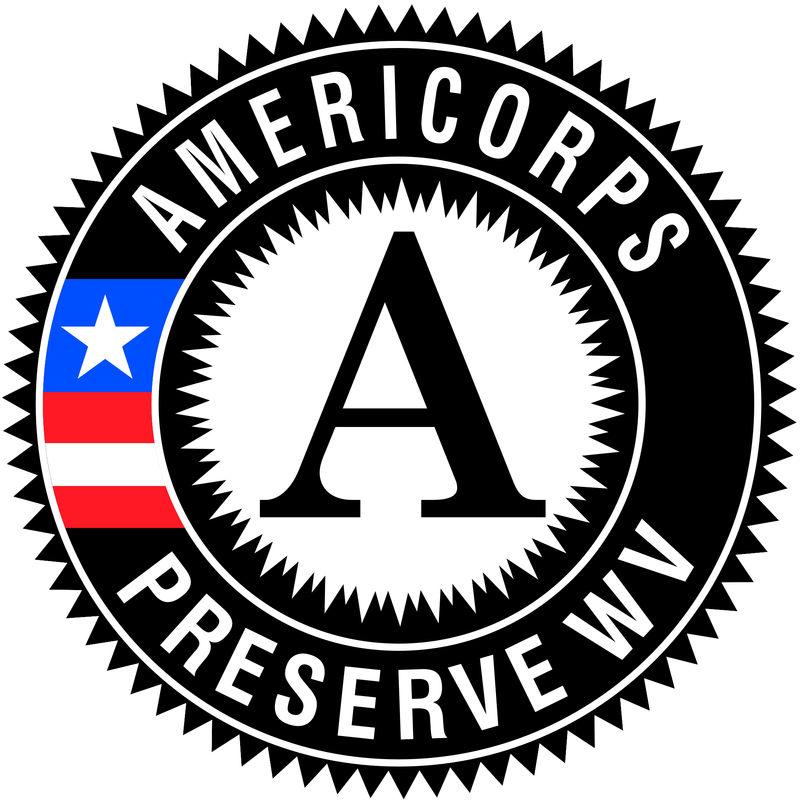
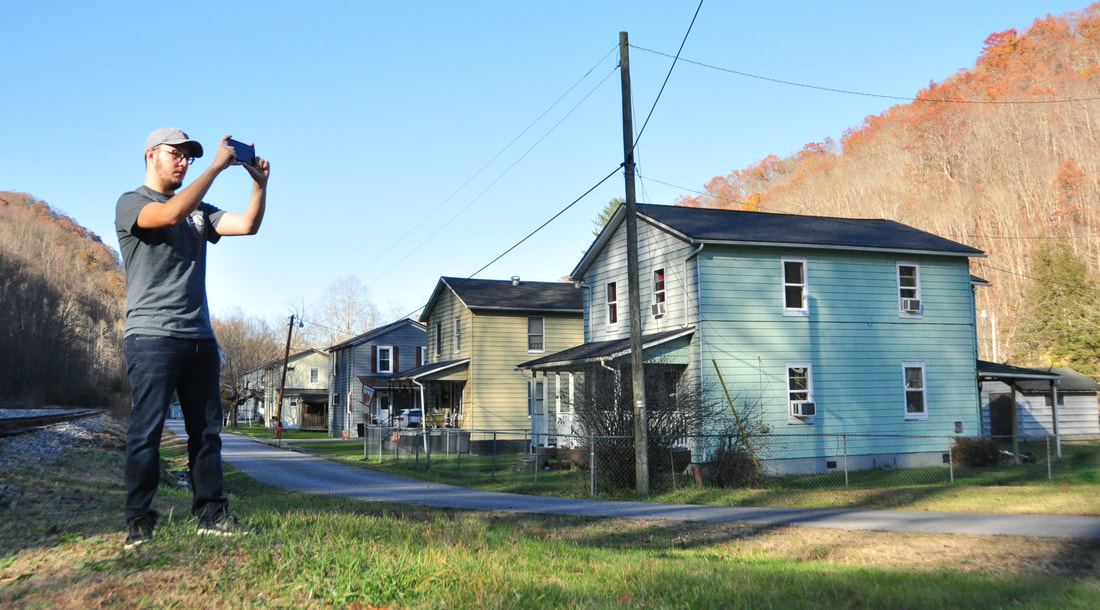
 RSS Feed
RSS Feed



